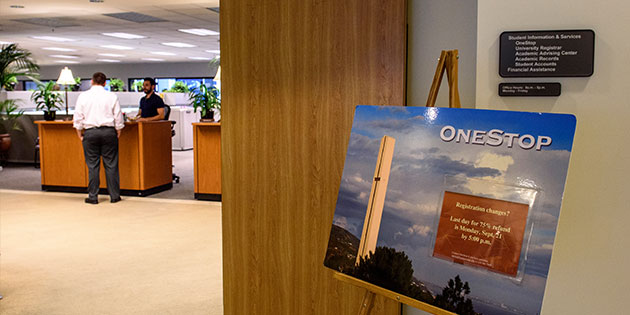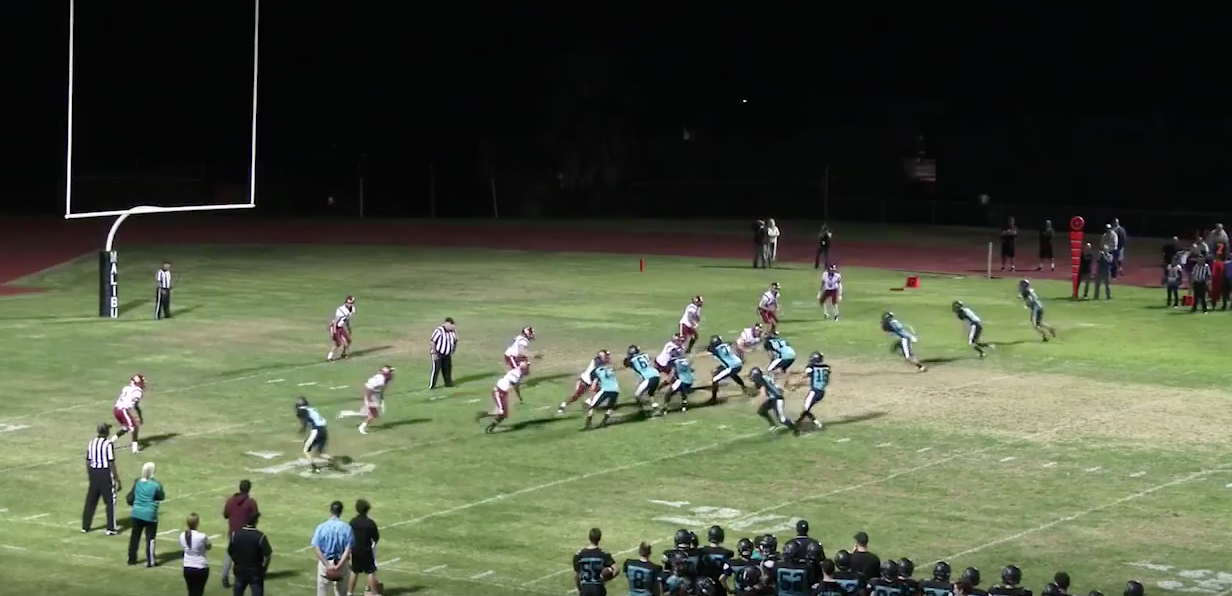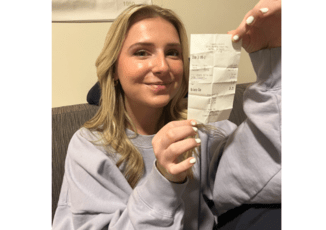
Walking into Waves Cafe, anxiety runs through the veins of a transfer student.
“Will there be anyone I know?” the student asks herself, turning the corner and searching for a friendly face.
New Student Orientation is a faint memory, and old friends have re-established their places at the tables.
Post-lunch is another battle at OneStop. She is tired of hearing her communication theory class will not transfer. She would rather take a new, exciting course.
After a long day, a long week, a long month, she wants to visit home but doesn’t have time with a test and paper coming up. Homesickness is present, but so is the desire to succeed.
For senior Erica Yancey, who transferred here as a junior from Ohio State University, this was the start-and-stop process of becoming a Wave.
Change is typically a difficult time in a person’s life, even when it ends positively. A fall 2013 poll of 35 transfer students shows they often struggle to adjust, having a hard time getting credits recognized, integrating with non-transfers, succeeding academically and more. Pepperdine administrators continue to work toward easing the process.
The pain of transferring credits is a remarkable task for transfers.
“Pepperdine is very unwilling to transfer credit for classes that merit credit,” Yancey said. “It is almost impossible to graduate in two years unless transfer students cram 18 units consecutively for two full years, and by doing this they miss out on a lot of the Pepperdine experience.”
Transfer students often miss out on going abroad. Even though abroad programs help satisfy general education courses, for some transfers who are further in their collegiate career said they find it difficult to fit it into their schedules.
“(It’s) impossible to spend time abroad if (we) want to graduate on time,” said junior Krista Pavloff, who transferred from Santa Monica College.
Pepperdine has different general education requirements than the University of California or out-of-state schools due to its liberal arts emphasis and religious affiliation status, Academic Adviser Angelica Hermosillo said.
While Pepperdine has different requirements, many students still think Pepperdine should recognize similar courses taken at other universities.
“Pepperdine needs to understand that if they have accepted us to transfer to Pepperdine, they are accepting our credits as well,” Yancey said. “I hope Pepperdine somehow creates a seminar … that allows them to get all of the humanities and religion credits taken care of.”
Hermosillo said administrators understand the frustration. They are working to ease the transfer process for future transfers by creating articulation agreements with other colleges.
On top of transferring credits, many transfer students said they feel integrating with non-transfer students is another difficult aspect of the process in becoming a Wave.
“We don’t want to be seen as transfer students; we want to be seen as Pepperdine students,” said senior Chelsea MacRae, who transferred from Tidewater Community College in Virginia in spring 2012.
Mandatory on-campus housing is meant to facilitate integration between new students. However, with an increase in class size, many transfers are being placed in George Page apartments.
For the transfers, this has strengthened their “close-knit” community. But while a “George Page” family has emerged, it has made it more difficult to integrate with others, Pavloff said.
Junior Kai Henderson transferred last spring from Cypress College in Cypress, California in 2013. Henderson said that he found living on campus to be helpful in the transition period by living with non-transfer students who were the same age as him.
“(You) are able to learn all the tricks on campus without having to stumble over yourself,” he said.
During NSO, interacting with other transfer students is easy — it’s interacting with other students that is difficult, Henderson said.
Another flaw the students have noted in the integration of transfers and other students is NSO events, particularly since many are geared toward students who have never been to college.
Junior Matt Medcalf, along with other transfer students, said it was tough at first because NSO is freshmen-based, making it harder for transfers to get a grasp on their new campus.
Many transfer students have suggested Pepperdine create specific events for transfer students during NSO and follow up with other events throughout the semester.
Associate Dean of Students Stacy Rothberg said she has a passion for transfer students. Rothberg shared some ways Pepperdine is helping bridge this gap for transfers. One is to involve every transfer in the San Francisco and Catalina trips designed for sophomores who do not go overseas, Rothberg said.
Multiple transfer students pointed to Rothberg as their greatest asset. “She planned events for us, was there for any questions, and introduced us to numerous activities on campus,” Medcalf said.
For some students, becoming a Wave is more than interacting with students and getting credits to align with your plan, it is about finding a new place to call home. Transfer students said they have felt disconnected from their former home and their new home during the transition process.
The first few months of being a transfer can heighten one’s sense of the differences between a prior college experience and Pepperdine, students said.
“It was a big cultural change,” Medcalf said.
Other students noted the cultural difference between Pepperdine and former campuses, whether those were a community college or a four-year university. From nightlife differences, proximity to a city, to differences in spiritual denomination, transfers said cultural differences create unexpected difficulties.
However, after immersing oneself into the Wave atmosphere, most students said they have adjusted to the culture change.
Some transfer students said they also struggle with prioritizing, especially when it comes to academics. The academics are “a whole different ball game,” said Kendall Welch, who transferred from Cabrillo College in Aptos, California in fall 2013.
The average GPA for accepted transfer students is 3.66, according to Pepperdine Admission Statistics. Transfers still must make adjustments to Pepperdine’s academic demands.
Welch said she looks at academic adjustment for transfers as something Pepperdine needs to stress more.
“Just because we have taken college courses before doesn’t mean we don’t need academic attention here,” Welch said.
Despite the struggles of becoming a Wave, Yancey said she came through with a core group of transfer students that granted her the confidence she needed to branch out.
“For me, the best friends I have are fellow transfer students,” Yancey said.
Ashlie Benson completed this story in Dr. Christina Littlefield’s fall 2013 Jour 241 class.



